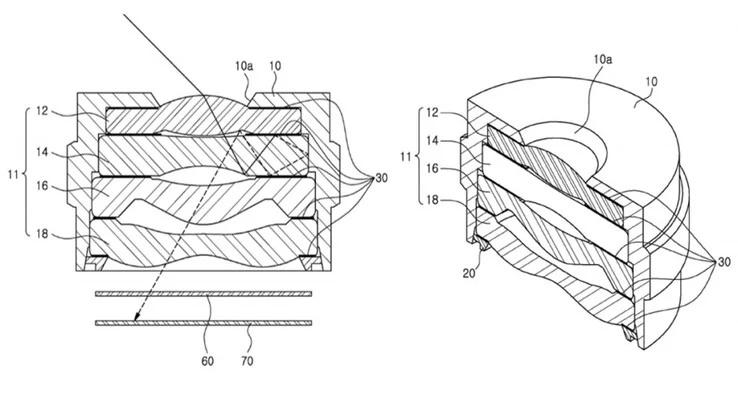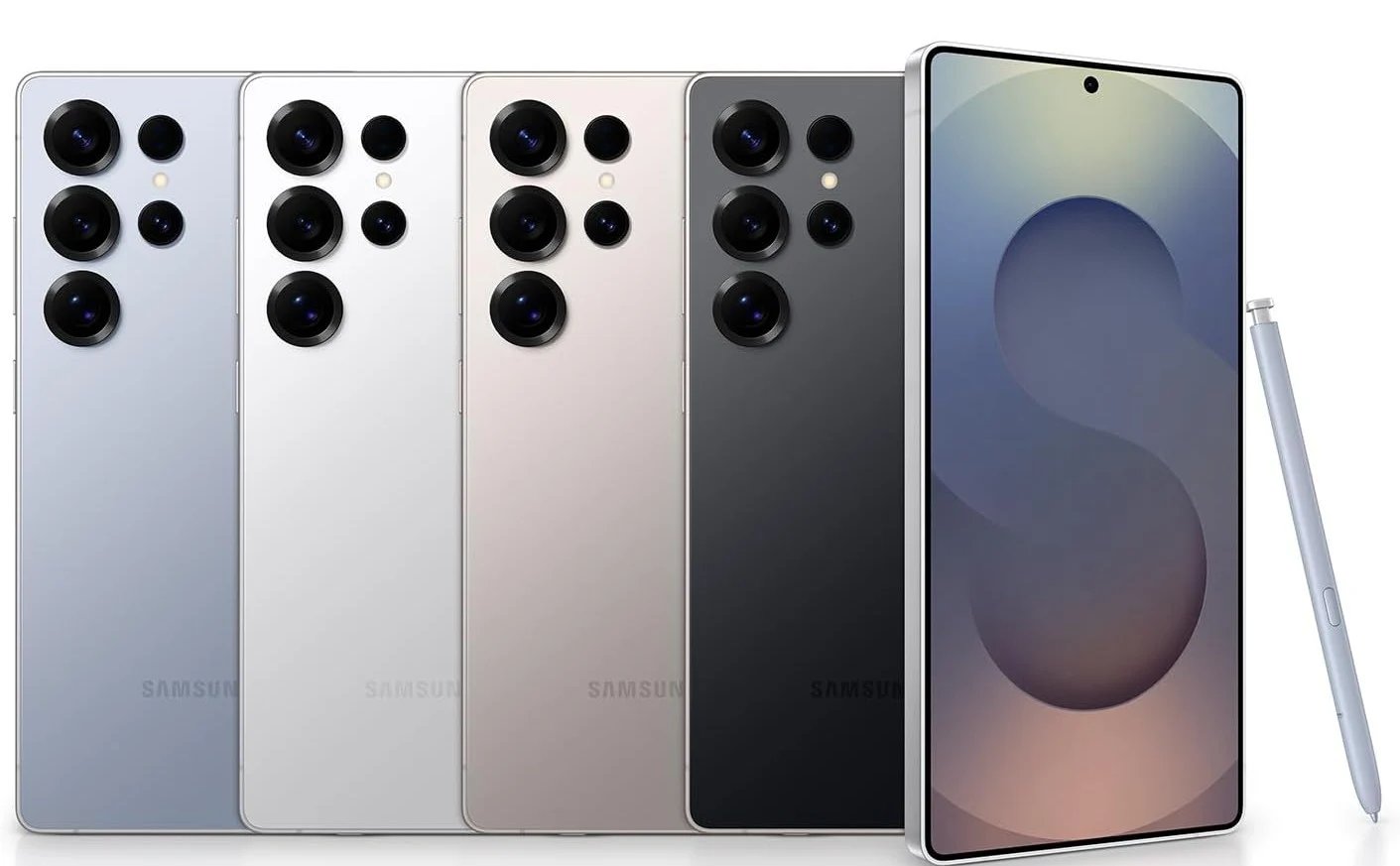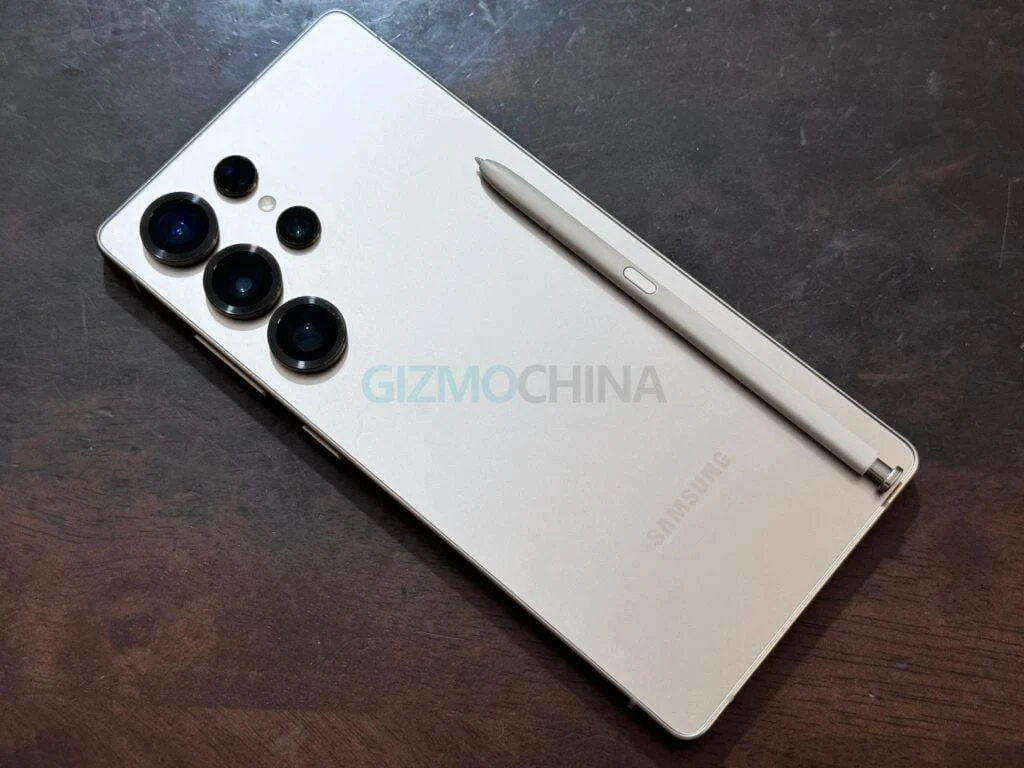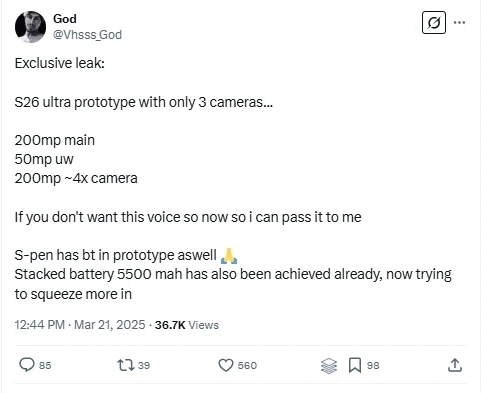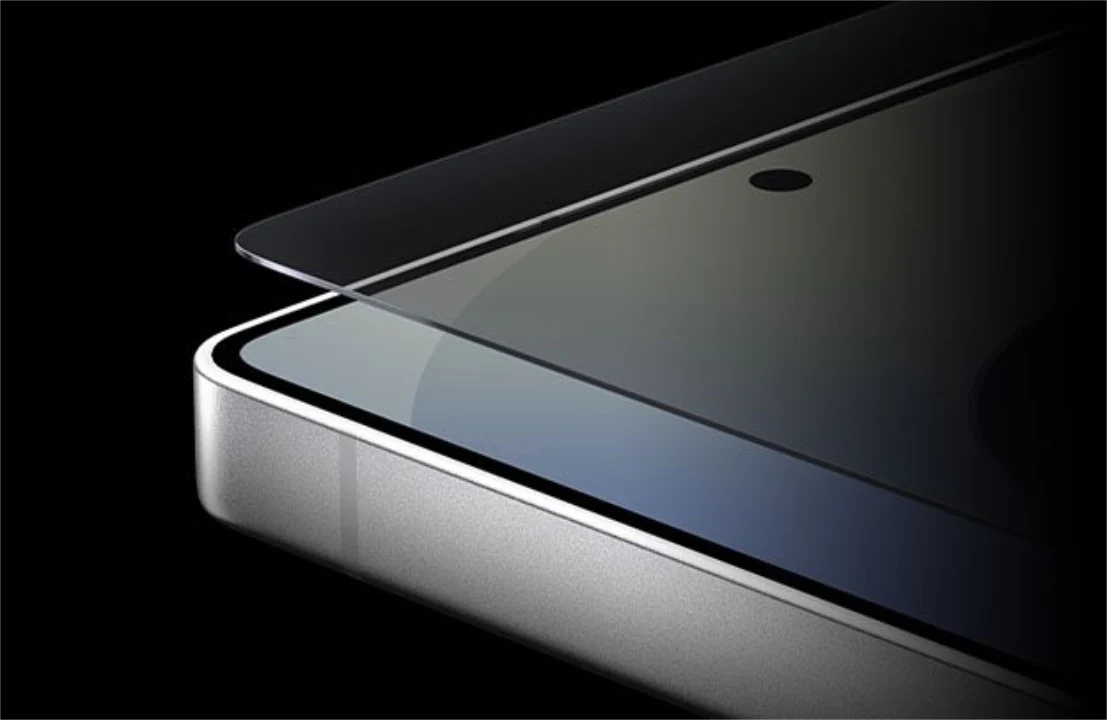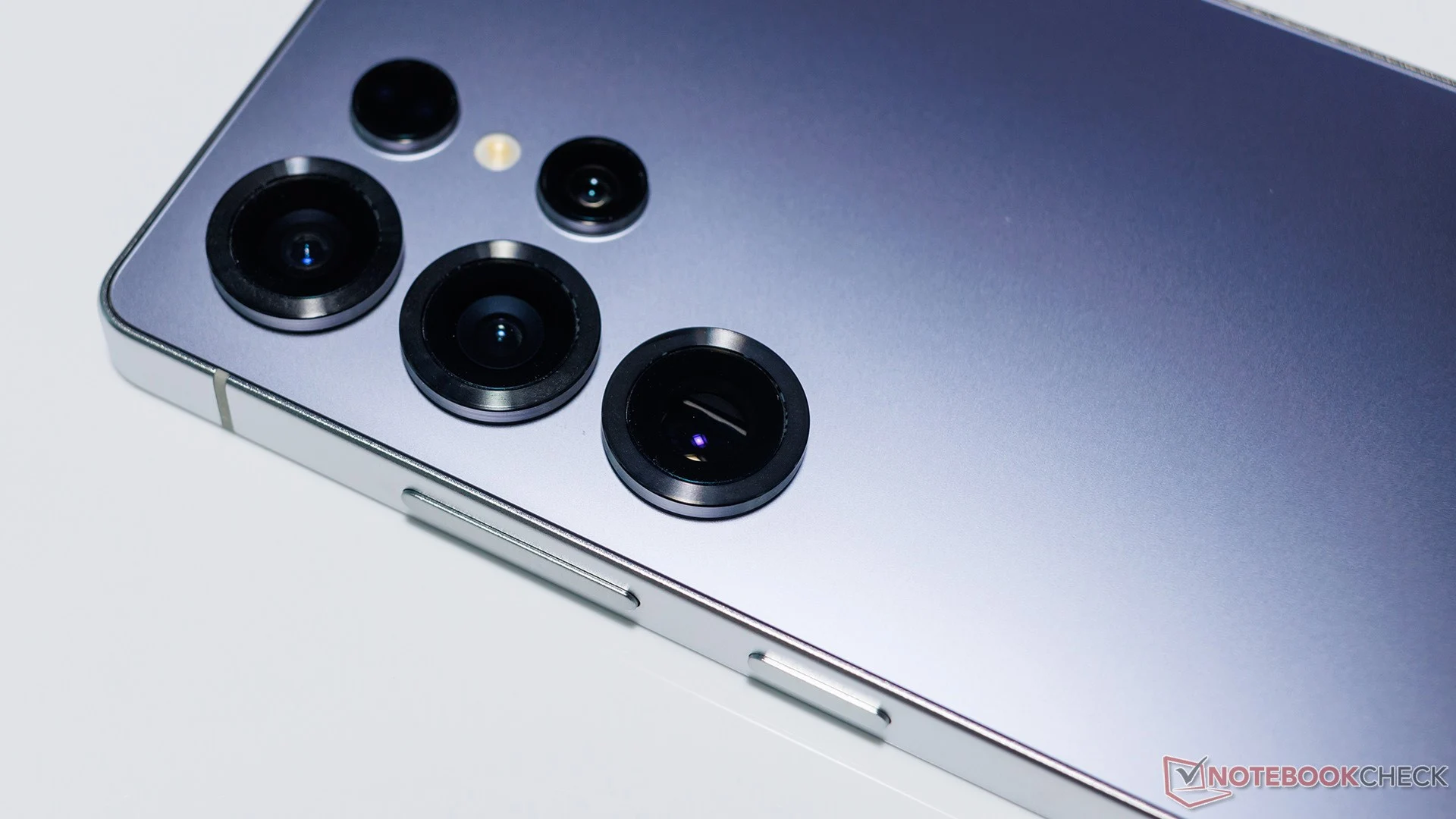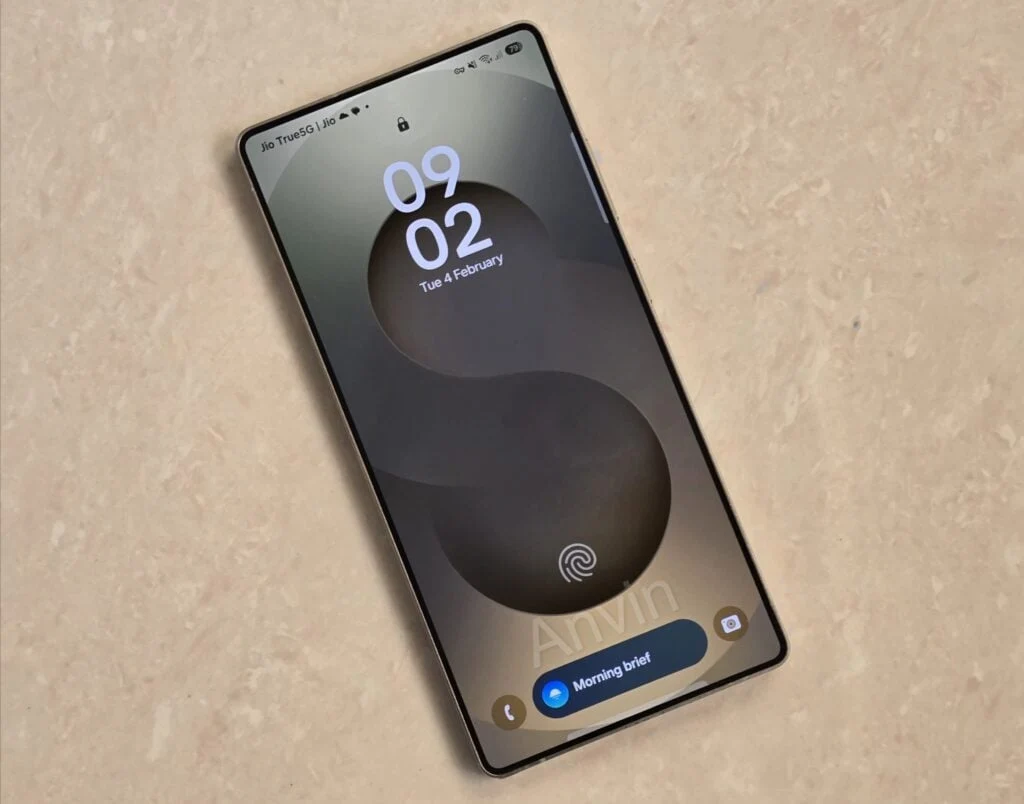Key Takeaways
1. The Galaxy S26 Ultra will introduce a new 1/1.3-inch ISOCELL sensor, replacing the current HP2 sensor from the Galaxy S25 Ultra.
2. Samsung is innovating camera optics with a new lens production technique using inkjet printing, allowing for a thinner camera assembly.
3. The slimmer camera module design aims to reduce the camera bump and create a sleeker overall look for the device.
4. The Galaxy S26 lineup is expected to be streamlined, with rumors of replacing Plus models with an S26 Edge variant.
5. Despite retaining the same sensor pixel count, the Galaxy S26 Ultra will enhance performance through improved optics and design innovations.
While the primary camera on Samsung’s upcoming 2026 flagship device – the Galaxy S26 Ultra – might keep the same sensor pixel count, the company is said to be working on several hardware modifications to enhance its performance.
New Sensor on the Horizon
As the announcement for the Galaxy S26 Ultra approaches, Samsung is expected to introduce a new 1/1.3-inch ISOCELL sensor. The current HP2 sensor, which has been part of the Galaxy S25 Ultra since 2023, will be replaced. Samsung typically upgrades the Galaxy S line cameras every three years, so the camera in the Galaxy S26 Ultra is likely to feature an improved pixel structure that aims to boost light sensitivity, along with upgraded optics.
Innovations in Camera Assembly
A recent report offers insights into what the anticipated camera optics improvements for the Galaxy S26 series may involve. Industry insiders from Korea suggest that Samsung has developed a novel lens production technique that allows for a thinner camera assembly in the phone. Instead of traditional cover films positioned between the lens surfaces to mitigate flare and ghosting effects that can distort images, Samsung plans to implement inkjet printing. This innovation will enable a thinner anti-ghosting layer to fit between the multiple lenses in modern smartphone cameras, resulting in a more compact camera unit.
Slimmer Design Benefits
Since the camera module is typically the bulkiest part of a high-end smartphone, a reduced size would not only create a sleeker device but also minimize the camera bump on the back, leading to a more refined look overall. This new lens production method would allow Samsung to maintain the design trend it initiated with the slim Galaxy S25 Edge, which is set to launch on May 30th but is already available for pre-order on Amazon with a $170 discount.
The demand for slim smartphones is on the rise, and rumors suggest that Samsung will not only replace the Plus models with an S26 Edge variant next year, but also aim to streamline the entire Galaxy S26 lineup. The Galaxy S25 Edge measures just 0.23 inches (5.8 mm) thick, even with a 200 MP camera sensor. However, the main camera of the Galaxy S26 Ultra may feature the same sensor size but will implement more sophisticated optics, so Samsung will need every possible innovation to keep the module slim and the overall device compact as a result.
Source:
Link
